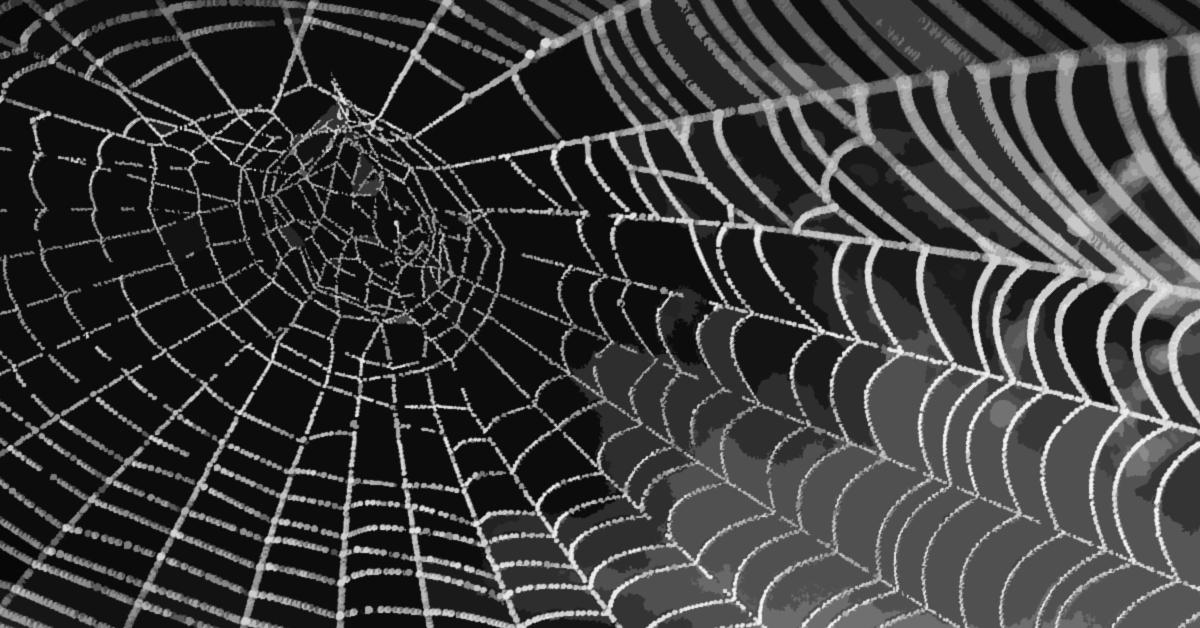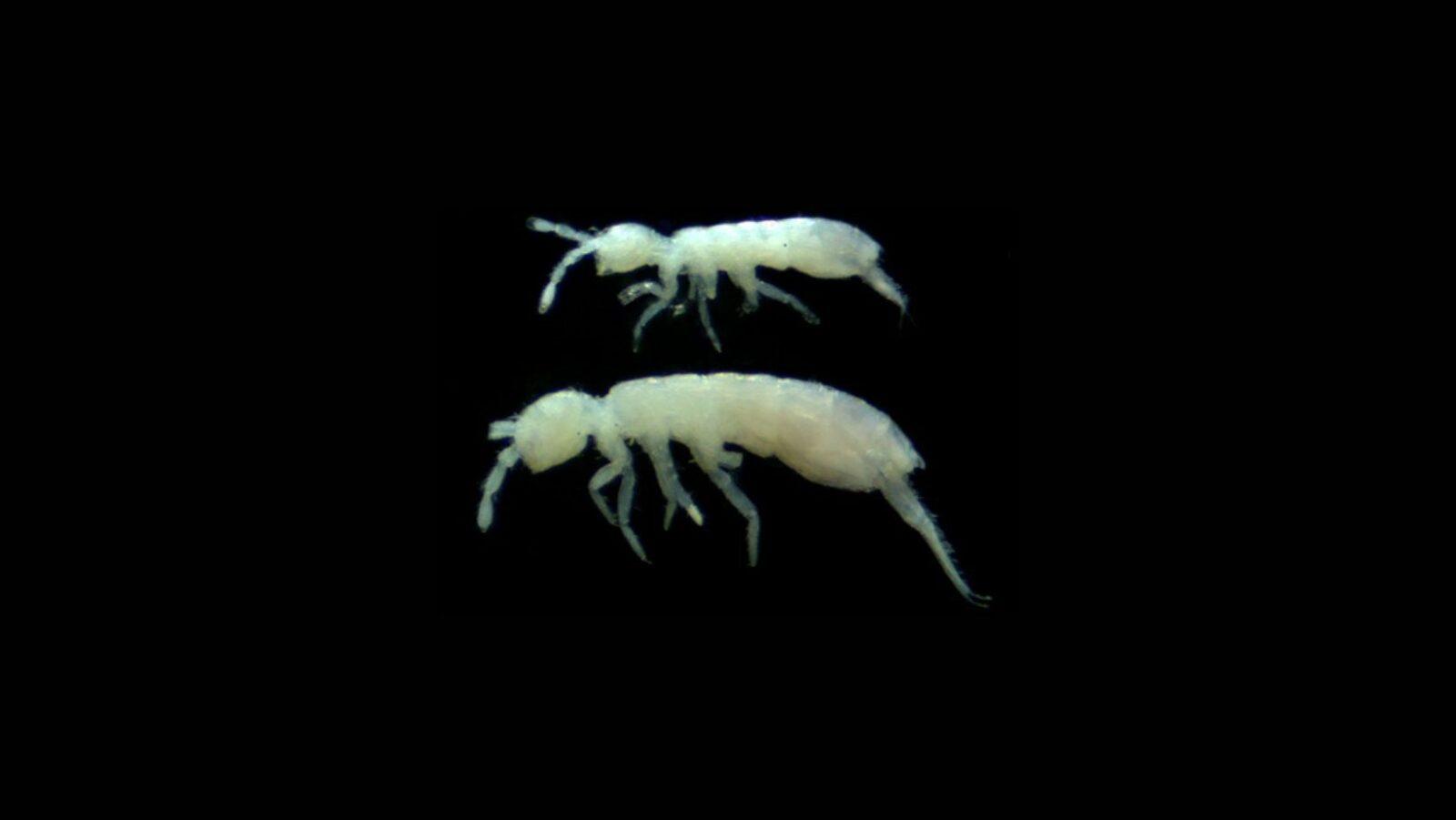•Pound for pound, spider silk has as much tensile strength as steel, but is also especially tough and stretchy.
•There are seven different types of the material, with different purposes and chemical compositions.
•At this time, it is both incredibly complex to replicate and prohibitively expensive to mass-produce.
(Updated on June 11, 2020) Regardless of how you feel about spiders, it’s undeniable that their amazing webs are truly among nature’s greatest marvels.
Spider silk is remarkably strong, stretchy, and useful. Experts say that the material is perfect for a wide variety of applications, from creating flexible, damage-resistant armor to making artificial replacements for human body parts.
It’s even more fascinating, though, to look at why it’s so uniquely strong and elastic.
Strength vs. toughness
The first thing we need to know about spider silk is that it’s not really its strength per se that makes it impressive — it’s the material’s toughness.
For the purposes of this discussion, we’ll be basing our definitions of strength and toughness on material science. In a nutshell, strength measures a material’s load-bearing ability, while toughness measures how much punishment it can take before breaking.
Now, spider silk certainly isn’t the strongest material out there. When we measure the material’s pound for pound strength, we’re gauging its durability and load-bearing capacity on its scale. Steel has about the same strength; it’s heavier, though, and it certainly isn’t as flexible. Carbon fiber’s load-bearing capacity is about four times that of spider silk; stretch it even by just a bit, though, and it’ll snap like a twig!
What a tangled web we weave
There are 7 different kinds of spider silk glands, located on the lower side of the spider’s abdomen. Each of them produce silk with specific characteristics and uses. All of these types, however, are extremely tough and elastic compared to other materials, whether synthetic or natural.
The aciniform gland produces swathing silk for securing prey, while the pyriform/piriform gland produces the threads that hold the web together.
Egg sac (or tubiliform) silk comes from the cylindriform/cylindrical gland. Unsurprisingly, it’s the stiffest type.
The flagelliform gland produces the core fibers of sticky silk, which can stretch up to around 30 times its length without breaking. Meanwhile, the aggregate gland produces aggregate silk with sugars that, together, generate a very strong attractive force. Spiders use a combination of both silks to catch their food; the former stops the prey, while the latter grabs on to it. These webs can sometimes be handy for stopping their natural predators, too!
Lastly, the major and minor ampullate glands produce silk for the web itself. Minor-ampullate silk is used as temporary scaffolding for the web, while amajor-ampullate or dragline silk is what comprises the spokes on a spider’s web (and is also what spiders use to dangle from elevated areas or travel via ballooning). Dragline silk is extremely thin—about a tenth of a human hair—but multiple times stronger than steel. Dragline silk has two different proteins, with tightly pleated, stretch-resistant crystalline regions. The resulting combination is both extremely tough and impressively elastic.
Amazing abilities?
Spider silk isn’t just tough and stretchy, though.
For starters, scientists have discovered that a spider’s web has electrically conducive properties, due to an electrostatic adhesive across its surface. This doesn’t just ensnare insects; it allows the web to actually “come alive” to snatch insects mid-flight if they fly close enough. That’s because silk strands are so light that even the slightest electrostatic force from, say, a fly zipping by is enough to make it spring into action.
Furthermore, spiders have also been observed to control their webs’ tension and stiffness. This allows them to easily locate food and even find mates. Vibrations travel through the spider silk all the way to the spider, which lets them determine what’s in their immediate environment. This also helps them gauge whether their web is in need of restoration.
Scientists also think that spider’s webs are “smart,” reacting to different levels of force in different ways. It will lengthen but remain intact when a light force (such as a gentle wind) hits it, but will turn rigid and break when a stronger force hits it at a particular spot. Even the way it comes apart is ingenious — only the most stretched-out silk threads get cut, saving the web’s overall structural integrity and improving its capacity to carry weight by up to ten percent.
“Everybody gets one”? Not quite
With all of this in mind, wouldn’t it be great if we could artificially produce this stuff en masse?
Unfortunately, it’s not that easy. It would take roughly 400 spiders to make a square yard of cloth–and a whopping 1,500 strands to create a single thread.
Countless companies have tried, though, with mixed results. Most efforts to bioengineer spider silk focus on cosmetic applications (for smoother-feeling skin and reinforcing damaged hair). Most recently, a team of Swedish researchers succeeded in using ion-selective micro-electrodes to determine how spiders spin webs via their glands. They then created an artificial, cost-effective protein that can be replicated via bacteria, which they used to produce strands up to a kilometer in length.
Too bad we can’t just ask Peter Parker how he makes his synthetic webbing, no?
Cover photo: Pexels
References
- https://www.gmanetwork.com/news/scitech/science/351921/spider-man-s-web-shooters-almost-a-reality-artificial-spider-silk-invented/story/
- https://www.gmanetwork.com/news/scitech/science/586192/spiders-tune-their-webs-for-good-vibrations/story/
- https://www.gmanetwork.com/news/scitech/science/603619/scientists-spin-artificial-spider-silk/story/
- https://www.ncbi.nlm.nih.gov/pubmed/24323174
- https://www.sciencedaily.com/releases/2018/12/181207112741.htm
- https://www.scientificamerican.com/article/why-is-spider-silk-so-str/
- https://www.wired.com/2012/02/spider-web-strength/
Author: Mikael Angelo Francisco
Bitten by the science writing bug, Mikael has years of writing and editorial experience under his belt. As the editor-in-chief of FlipScience, Mikael has sworn to help make science more fun and interesting for geeky readers and casual audiences alike.







